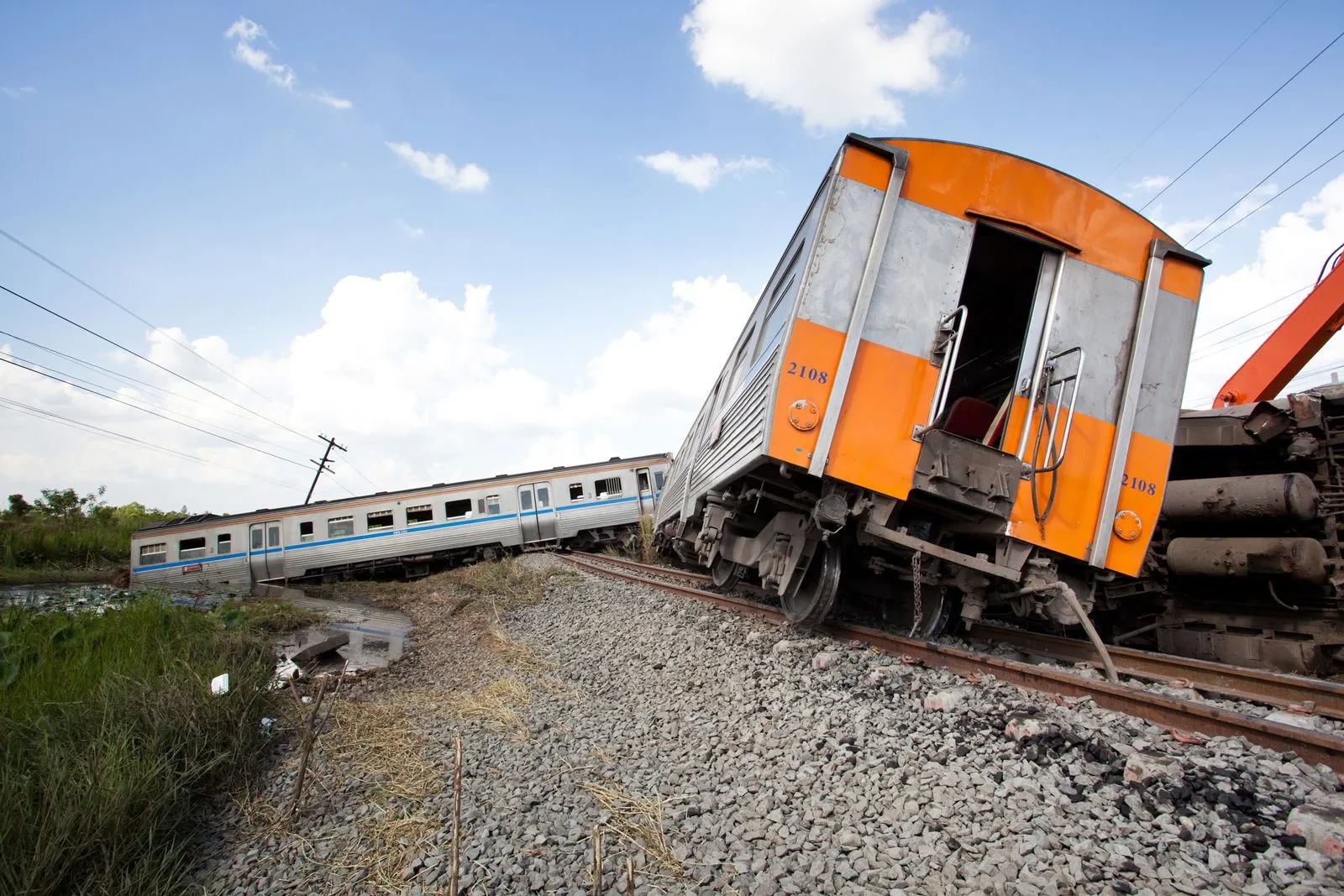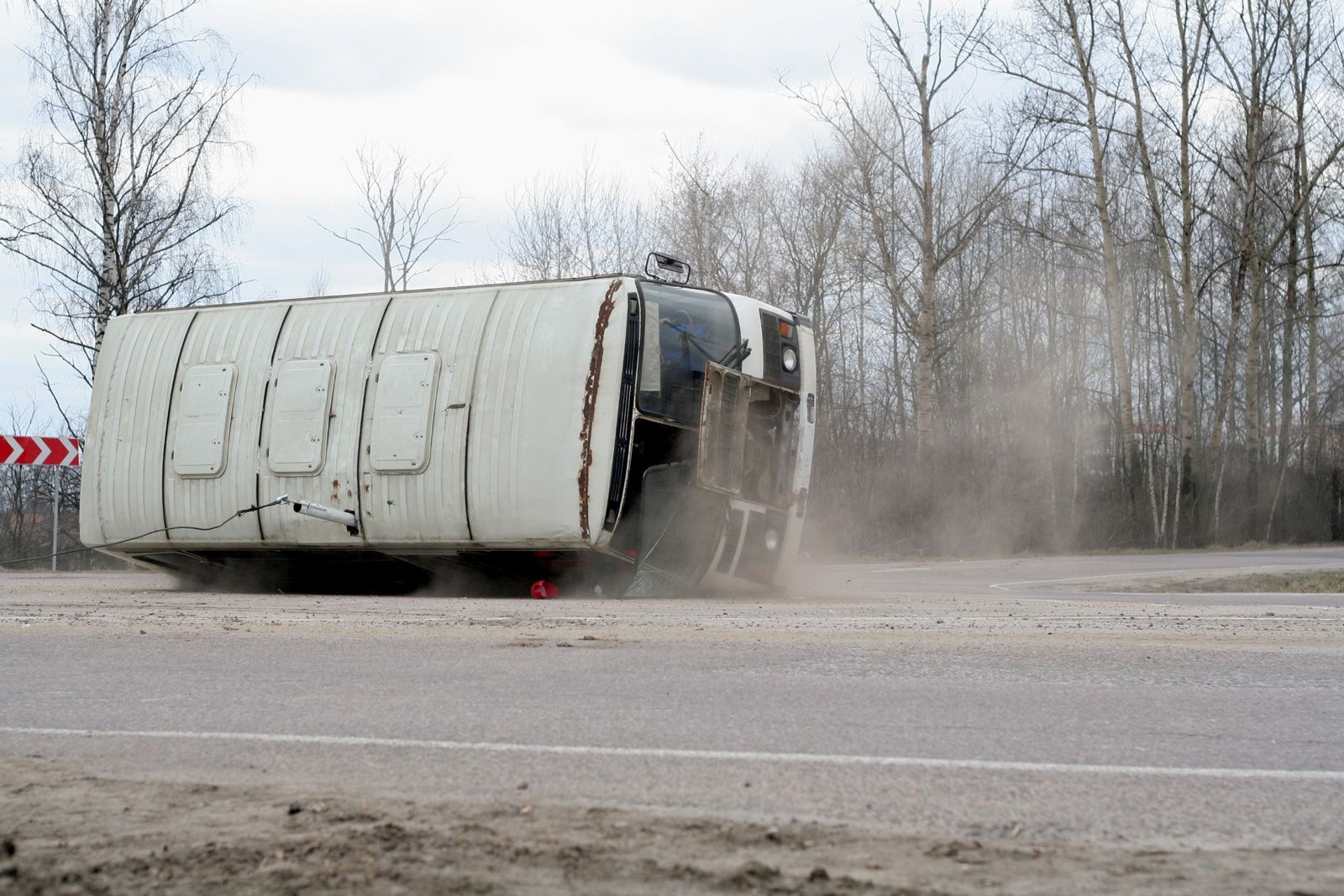Home » Bus & Train Accidents

The general rule is that a common carrier is liable for injuries or damages caused by the negligent operation of its vehicles. If the common carrier is a government-owned transportation system, the government entity may be responsible for injuries or damages resulting from the use of the transportation system. The Law Offices of Michael S. Braun are experienced personal injury lawyers serving southern California and beyond. Call our team when you’re injured in a collision with a bus, train, or other large transportation entity. We take pride in helping victims of these accidents get the settlement they deserve when public transportation companies are at fault for accidents. For a free case evaluation, call our team today:

Although when these companies and their drivers are clearly at fault, these companies are not inclined to compensate you for your injuries without a fight. You need expert legal guidance you can rely on. That’s why the team with Michael S. Braun has over 3 decades of personal injury experience. When you’re experiencing injuries after a bus or train accident, it’s important to contact an experienced attorney to get the settlement you deserve. Call us today for a free consultation
Hundreds of thousands of people are injured in auto accidents throughout the state of California each year. In Los Angeles County alone, nearly 100,000 people are left with debilitating injuries that force them into local hospitals for surgeries and treatments.
Being injured in a collision can have a life-altering impact on the lives of victims and their families. For this reason, it is imperative that victims injured in accidents caused by reckless drivers reach out to a car accident attorney in Torrance as soon as possible to explore legal options available to them.
Since 1991, the attorneys at The Law Office of Michael S. Braun in Torrance have helped thousands of victims in Torrance and throughout Southern California protect their legal rights and get the justice they deserve. Whether you were injured in an accident, or your loved one lost their life, due to the negligence of another motorist, our team fights aggressively to ensure you are in the best mental, physical, and financial positions possible to move forward after a tragic collision.
Our attorneys are available to answer questions for clients throughout the entire duration of their claims and to make sure their legal rights are protected. Contact our auto accident attorneys in Torrance, CA at (310) 984-3220 to see how we can help you.
Schedule a free case evaluation at your earliest convenience to discuss legal options available for you.
Bus and train accidents can result in a variety of injuries, ranging from mild to severe, depending on the circumstances of the accident. Here are some common types of injuries that people may suffer in bus or train accidents:
Public transport accidents can occur due to various factors, and the specific causes can vary depending on the circumstances and location. Here are some main causes of public transport accidents: